In “Putting Family Safety First: A Guide to Preparing for Unexpected Disasters,” you will embark on a critically essential journey towards safeguarding the ones you hold dear from unforeseen catastrophes. This comprehensive guide underlines the importance of being well-prepared for the unpredictable – be it natural disasters or healthcare emergencies. In prioritizing preparedness, you pave the way for your family to maneuver through challenging times with grace, fortitude, and resilience. Coupled with engaging accounts and a user-friendly approach, the guide translates complex disaster management strategies into tangible, actionable steps for the everyday individual. Harnessing our expertly curated knowledge, ensure your family’s well-being stands unshaken in the face of adversity.
Table of Contents
Putting Family Safety First: A Guide to Preparing for Unexpected Disasters
Understanding the Types of Disasters
Disasters are unpredictable events that can disrupt your daily life and cause significant harm. There are various types, but we can broadly categorize them into three main groups, including natural, man-made, and health-related.
Recognizing Natural Disasters
Natural disasters are typically caused by environmental factors. Apocalyptic images of wildfires, hurricanes, and earthquakes might spring to your mind, but other types, such as floods and tornadoes, can be just as devastating. Understanding these types of natural disasters is crucial to recognizing the signs and preparing accordingly.
Identifying Man-Made Disasters
Unlike natural disasters, man-made disasters occur as a result of human activities. These could include industrial accidents, nuclear disasters, and even acts of terrorism. While less frequent than natural disasters, they can be just as disastrous, highlighting the importance of being prepared.
Distinguishing Health-Related Disasters
Health-related disasters refer to large-scale health crises like pandemics or widespread diseases. The recent COVID-19 pandemic has thoroughly illustrated the potentially catastrophic impact of such disasters on our health, economy, and daily routines. Recognizing them can be difficult, as they often silently unfold within communities, highlighting the importance of public health vigilance.
Developing a Family Disaster Plan
Moving on from understanding disasters, your next step should be developing a comprehensive family disaster plan. This plan should cover evacuation routes, communication strategies, and the identification of safe spots in your home.
Designing an Evacuation Route
When disaster strikes, having a clear evacuation route is critical. This means knowing the fastest, safest way out of your home and neighborhood. Your route should be mapped out, clearly communicated to all family members, and practiced regularly.
Establishing Communication Strategies
During a disaster, communication channels can be disrupted, making it challenging to keep in touch with your family members. That’s why you should have multiple communication strategies in place. For example, you might designate a local contact and an out-of-town contact that every family member can reach out to if local lines are down.
Identifying Safe Spots in Your Home
Under certain circumstances, you might need to stay inside your home during a disaster. In such a case, it’s essential to identify the safest spots within your home. For instance, during an earthquake, you might choose to shelter under sturdy pieces of furniture.
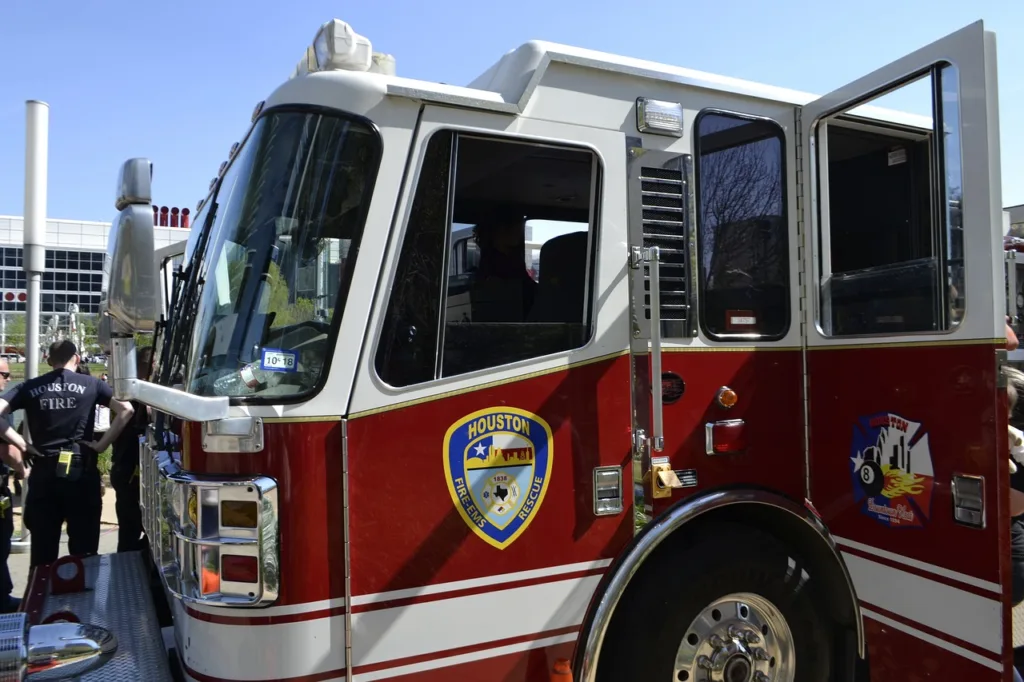
Emergency Kits: Must-Have Items for Survival
The third step in your preparation should be assembling your emergency kit. This kit should contain all the essentials you need to survive for at least 72 hours following a disaster.
Essential Items for Survival Kits
Some critical items for your survival kit include water, food, first aid supplies, basic toiletries, flashlights, and extra batteries. It’s wise to also include cash and copies of important documents. Always remember, the better prepared you are, the better your family’s chances of survival.
Personalizing Kits for Individual Family Members
Each family member’s needs should be individually considered when assembling your survival kit. For instance, babies will need diapers, elderly members might need specific medicines, and pets will need their food and supplies.
Maintaining and Updating Your Kits
Once assembled, ensure your survival kits are regularly checked and updated to replace expired items and adjust for changing needs. This should be done at least twice a year to keep everything up to date and effective.
Being Prepared: Important Documents and Records
Protecting important documents and records is another essential aspect of disaster preparedness.
Keeping Important Documents Safe
Documents such as your family’s identification, property deeds, insurance policies, and health records should be stored safely. Use waterproof and fireproof containers to protect your documents from possible damage during a disaster.
Knowing Which Records to Include in Your Kit
Think of what you would need to prove your identity, manage your finances, and rebuild your life. These could include copies of your passport, driver’s license, social security cards, insurance policies, and even a list of important contacts.
Updating Your Records Regularly
Just like your survival kits, your document cache needs to be reviewed and updated regularly. Aim to do this every six months to ensure all information is current and valid.
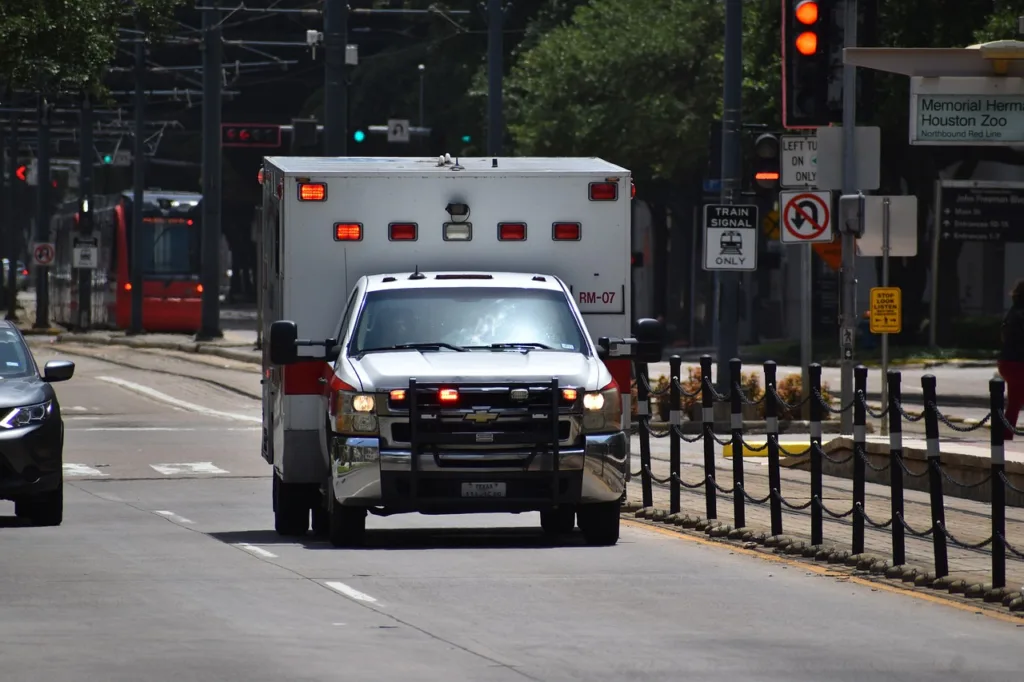
How to Effectively Communicate in a Disaster
Though we’ve briefly covered communication strategies within the family disaster plan, it deserves more detailed attention. Effective communication is vital to maintaining safety and organization during a disaster.
Choosing The Best Communication Methods
In this digital age, you have various communication options such as calls, texts and social media platforms. However, consider that during a disaster, certain services might not be available. An excellent backup option is a hand-crank or battery-powered radio to listen to news updates.
Setting Up a Family Communication Plan
This plan should cover how to reach each other, where to meet, and what to do in different scenarios. Remember, during a disaster, it’s crucial to stay informed and connected.
Dealing with Communication Barriers During a Disaster
To overcome communication barriers such as downed cellular services, consider using multiple strategies. For example, using a satellite phone, having an out-of-town contact or using emergency alert apps can all be very effective.
Protecting Your Home from Disasters
Another significant aspect of disaster preparedness is protecting your home from damage. A few simple protective measures can make your home safer during a disaster.
Implementing Fire Safety Measures
Installing smoke detectors, extinguishers, and creating a fire safety plan can help protect your home against fire disasters. Regular maintenance and inspection of electrical systems also play a key role.
Preparing For Floods and Storms
To prepare for floods, consider investing in flood defenses, such as flood barriers or sandbags. For storms, keep trees trimmed and install shutters or impact-resistant windows to protect your home from high winds.
Securing the House During Earthquakes and Other Natural Disasters
Securing heavy items and furniture to the wall can prevent them from falling over during an earthquake. Further, ensuring your house’s foundations and structures are secure can also significantly decrease the risk of damage.
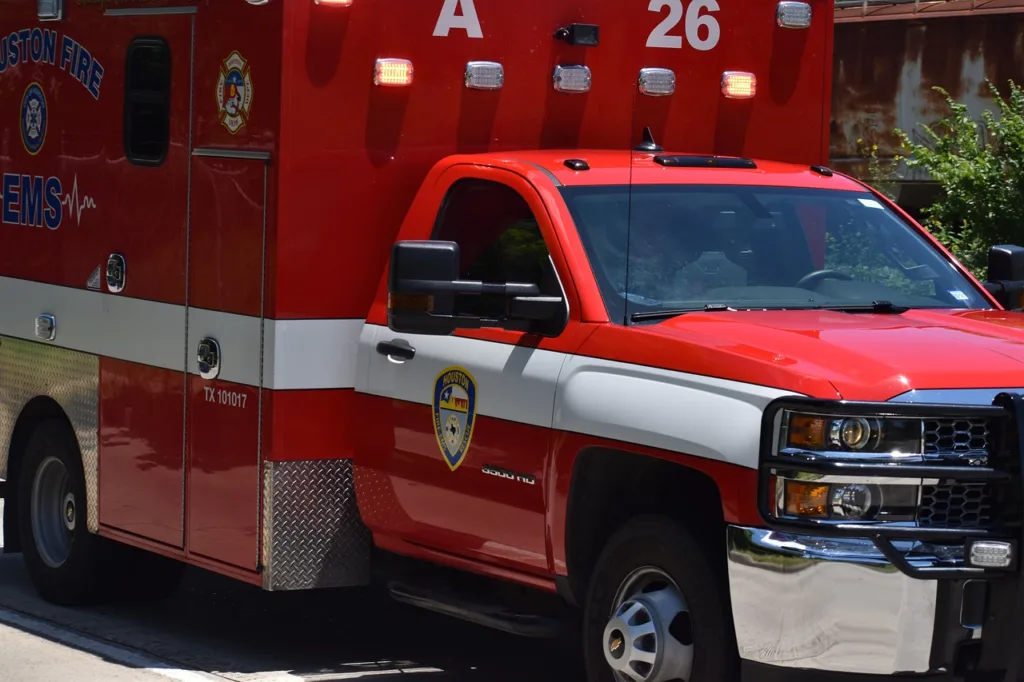
Drill Practices: Familiarizing Family with Disaster Protocols
Performing regular drills is a pivotal part of making sure your whole family knows what to do when disaster strikes.
Organizing Regular Family Drills
Regular drills help everyone understand their role and responsibilities during a disaster. These could include evacuation drills, communication strategy drills, or emergency kit training.
Improvising Different Disaster Scenarios
Trying out different disaster scenarios will ensure everyone is ready for a variety of situations. For example, you could simulate drills for fires, earthquakes, or storms.
Reflecting on and Improving Your Disaster Plan After Drills
After each drill, take some time to discuss what went well and what didn’t. This feedback can be used to improve your disaster plan and ensure it is as effective as possible.
Supporting Children During Disasters
Children might find disasters particularly intimidating. It’s essential to prepare them without causing unnecessary fear and to provide support during and after the event.
Teaching Children About Disasters in a Non-threatening Way
Disaster education is important, but it needs to be delivered in an age-appropriate and non-threatening way. Use storybooks or games to explain what disasters are and the importance of drills and emergency kits.
Creating a Child-Friendly Emergency Kit
Children’s emergency kits should contain all the essentials, plus some additional comfort items. This can include a favorite toy, their own flashlight, or activities to keep them entertained.
Helping Children Cope with Disaster-related Stress and Trauma
Children might struggle with fear and uncertainty during and after a disaster. Keep communication open, reassure them, and if needed, seek the help of a professional psychologist to help them process their feelings.
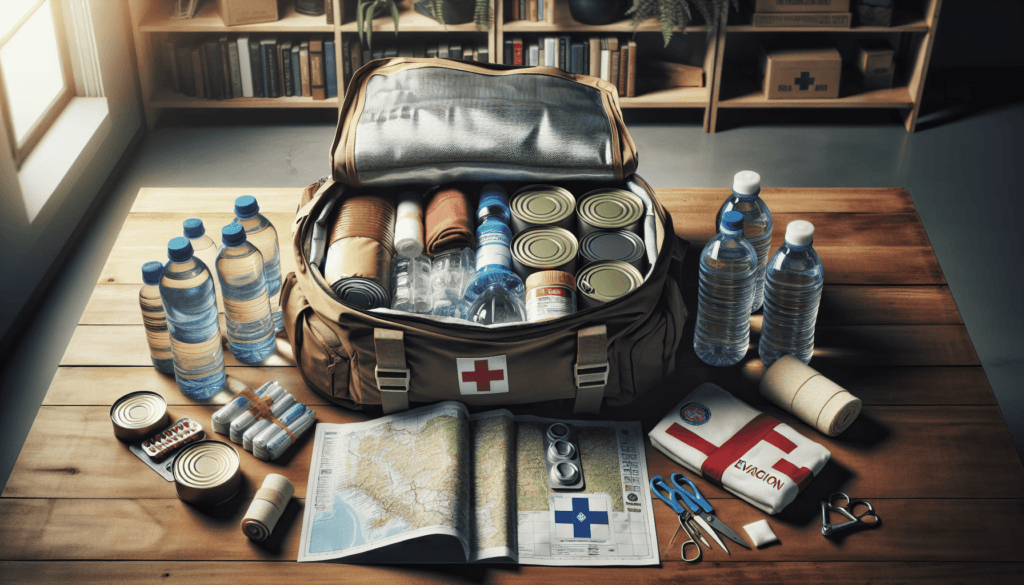
Understanding Post-Disaster Recovery
Post-disaster recovery involves making the necessary arrangements to restart normal life after a disaster.
Safely Returning to Your Home After a Disaster
Before returning home post-disaster, make sure it’s safe. Inspect your home for visible structural damage and don’t force open jammed doors or windows.
Dealing With Physical and Emotional Trauma Post-Disaster
A disaster can lead to physical injuries and emotional distress. Seek medical attention for any injuries and consider psychological support to address emotional trauma.
Rebuilding and Rehabilitation After a Disaster
Post-disaster, you might need to rebuild your home or even your life. Remember, it’s okay to seek help from family, friends, or professional disaster recovery services.
Inviting Neighborhood Participation: Building a Disaster Resilient Community
Preparation is not just limited to families; entire communities can work together to be disaster-ready.
Promoting Disaster Preparedness in Your Community
Play a part in promoting disaster preparedness in your community. Lead discussions, distribute informative documents, or organize community training sessions.
Setting Up a Neighborhood Disaster Plan
Just like a family disaster plan, a neighborhood disaster plan outlines the roles, responsibilities, and strategies that will be implemented during and after a disaster.
Collaborating with Local Authorities and Resources for Disaster Preparedness
Collaborate with local authorities, such as fire and police departments, to build a comprehensive community disaster plan. These entities can provide expertise and practical guidance based on local risks and resources.
Preparation is key to disaster management. With the right strategies in place, you and your family can navigate through unpredictable disasters and come out safer on the other side.
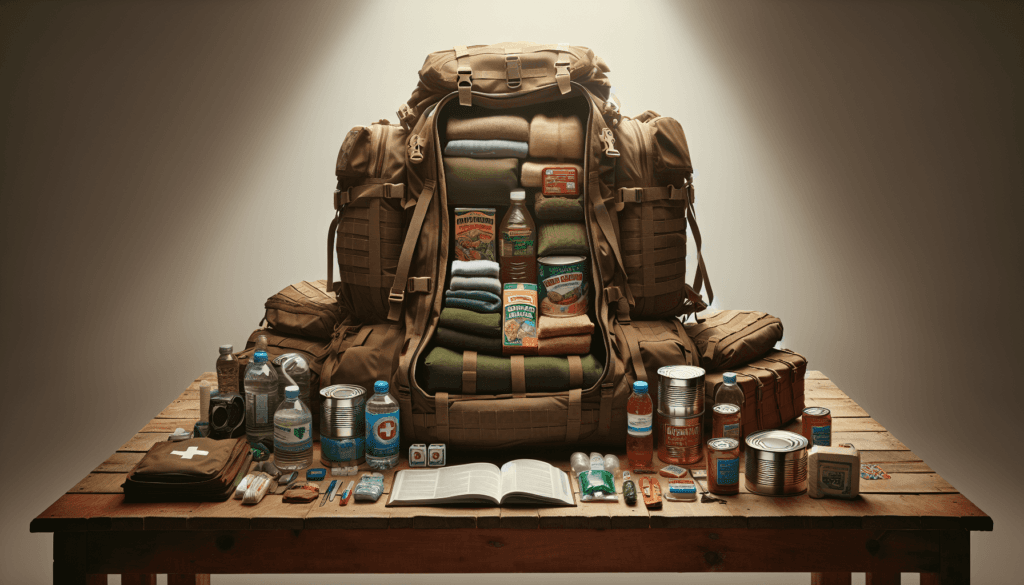
Related site – Blackout Safety Guide: Why They Happen and How to Prepare

